Quick Hits
- With only a few days until the new year, we’re creating a wish-list for the United States men’s national team
- Here are five things that the team should be pushing for in 2023
The 1994 World Cup in the United States still holds the tournament’s total and average attendance records. But the 2026 World Cup in North America, with potentially twice the number of games, will be the biggest version of the biggest sporting event on the planet.
And with the 2022 tournament in the books, the countdown has begun.
Can the United States men’s national team make history on home soil and exponentially elevate the sport’s standing stateside? While the 2026 tournament is still years away, dominoes will start falling in the next few months that ultimately determine what’s achievable for the program later. So, here’s my USMNT wish-list for the weeks and months ahead.
1. Secure an invite to the 2024 Copa América
If the U.S. can host it, too, then wonderful. Apparently that’s a possibility? Competing in South America would surely be a tremendous experience, but I’d rather turbocharge the anticipation for 2026 when the United States again have home field advantage.
Sure, the Olympics will be held in Paris in 2024, too. But given the limit on senior players you can bring to that competition, the Copa América is the far more prestigious men’s soccer tournament. Having one more major senior team tournament ahead of 2026 would be invaluable preparation on the field and off it as the team deals with the unprecedented hype the World Cup will unleash.
The 2024 Copa América is looking like it will be in the USA!! This, after the resignation of Ecuador as host country.
— Diego Montalvan (@DMontalvan) December 7, 2022
United States, Mexico and Canada have agreed to play. There will be invites to 3 other nations from CONCACAF.
Info via @FOXSportsMX pic.twitter.com/EaGIl9w4sd
Considering their European club pedigrees, we’ve heard how the core of this new USMNT is individually accustomed to immense pressure. 2026, though, will be different.
Adding a Copa América to the calendar could also be enticing in the search for the next head coach if that drags into next year (more on that below). The chance to lead the most talented USMNT in history, with soccer’s relevance in the U.S. poised to skyrocket, at the biggest World Cup in history… it’s glorious, but it’s also more than three years away. However, a Copa América in 2024 – and maybe that manager prefers the Olympics on their plate, too – could make that wait more digestible.
2. Don’t change head coaches for the sake of it
Without the dangers of World Cup qualifying, it’s difficult to imagine a scenario where the federation is forced to fire the USMNT manager ahead of 2026. That makes turning the page for a program heading in the right direction even trickier than it would otherwise be.
Gregg Berhalter has laid a very solid foundation in terms of the USMNT’s defending, team culture, and recruitment efforts. Still, the rumor that Berhalter is ready to return to club soccer did gain credence when he revealed that a player, who turned out to be Gio Reyna, was nearly sent home during the World Cup. While his comments were supposed to be off the record, and Reyna’s behavior would be shared with the public regardless, I’d be surprised if Berhalter exposed a team issue with that type of detail while intending to continue as coach.
But are better alternatives even available?
I’d prefer a coach with World Cup experience rather than another one who would be learning on the job. Ideally, U.S. Soccer would hire someone whose career reflects a flexible approach that is still compatible with Berhalter’s possession-based project. Why? Because the tape and the stats both indicated that system’s promise in Qatar. If being American is also part of the criteria along with stylistic versatility, the answer would probably be Bob Bradley?
Beyond Bradley and Dutch legend Louis van Gaal, whose coaching career is likely over, there’s no obvious candidate. If Berhalter comes to the conclusion that one more cycle is actually worth it and the federation isn’t convinced about the other options that are actually possible, so be it.
But if that’s not the case…
3. Don’t wait too long to hire the next coach
I’d understand waiting until the summer, especially if there’s an agreement with a European club manager who’s finishing their season.
The short-term schedule – January friendlies against Serbia and Colombia followed by Nations League matches against Grenada and El Salvador in March – isn’t a reason to rush the process. The European based-regulars deserve a break in March anyway. The next couple of camps should be closer to a blend of the U-23 and U-20 pool, along with players overlooked by Berhalter last cycle (like Brandon Vazquez, Paxton Pomykal, etc).
Letting an interim manager like U-20 boss Mikey Varas take care of those camps might make sense. Varas, who was interviewed by the Columbus Crew for their head coaching vacancy, could add to his resume while prepping his U-20 group for the World Cup in May.
New coach, new challenge 🇺🇸
— U.S. Soccer YNT (@USYNT) November 10, 2021
Hear from Mikey Varas at the start of U-20 #USMNT camp before USA-Brazil at 6 p.m. ET on @TUDNUSA pic.twitter.com/g13isUPweR
All that said, the Olympics and the potential Copa América are 18 months away. 18 months, when measured by international camps, isn’t a long time. So the sooner a head coach is in place, the better.
A new manager establishing a different system, style, and environment would benefit even more with a longer runway, but even if Berhalter is returning, that extra time to explore the player pool is important.
4. Add depth
During the World Cup’s group stage, Berhalter didn’t make enough substitutions and made very conservative changes when he did substitute. By the Round of 16, his team looked exhausted.
As you can see down below, only two of the eight countries who went further than the U.S. at the World Cup rotated their starting lineups less than the Americans in the group stage. Morocco also used 13 players, but one of their changes was a goalkeeper switch. Differences in the states of games and groups, injuries, and other factors unbalance this comparison a bit. But the bottom line is this: the U.S. needed more depth.
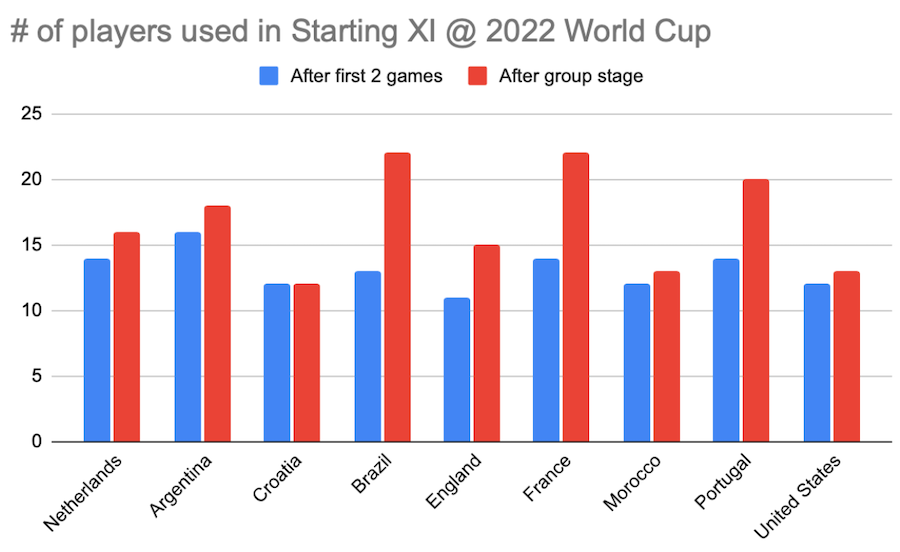
This team was relatively healthy at the World Cup, yet not fresh enough by the time the knockout rounds rolled around. While the U.S.’s lack of high-quality depth isn’t explicitly Berhalter’s fault, his talent evaluation during the cycle didn’t help.
The main areas of uncertainty are still center back and striker. A Chris Richards and Cameron Carter-Vickers partnership sounds steady, although Richards has to stay healthy and elbow his way into Patrick Viera’s plans at Crystal Palace. Hopefully Miles Robinson is the same player following his Achilles injury, James Sands develops into a true center back, and Auston Trusty or Mark McKenzie become international caliber defenders.
Up top, Ricardo Pepi is developing, I’m excited to see Vazquez this year, and Folarin Balogun committing to the USMNT would be a huge boost. Daryl Dike getting back into action in England is a good sign, too.
The brewing competition of up-and-comers at left back between John Tolkin, Jonathan Gomez, and Caleb Wiley is reassuring. Antonee Robinson has a firm grip on the starting spot but the U.S. needs a more technical option, at least as his deputy.
There are several central midfielders – including Taylor Booth, Pomykal, and Eryk Williamson – who can stake their claim as reinforcements. On the wing, lefties Kevin Paredes and Alex Zendejas could add a different dimension to another position of strength.
If a handful of these players end up contributing to the national team in 2026, and a few more emerge who aren’t yet in the frame for the senior team, the U.S. will be set to take the next step in a World Cup.
5. Try the 4-2-3-1
The impact of Tyler Adams, Yunus Musah and Weston McKennie on the field together can’t be disputed and the 4-3-3 with that trio in central midfield will be refined during this cycle. Still, there’s a noticeable lack of creativity once the U.S. arrives in the final third. A prolific striker may be the key, but it might be worth trying a 4-2-3-1 with a surgical attacking midfielder operating at the tip of the midfield.
At this point, we don’t really know if the USMNT has that player, but Reyna is the ideal candidate. Brenden Aaronson is another possibility. His Frankfurt-bound brother, Paxten, could be a better fit in the not-so-distant future. A consistent Malik Tillman could provide danger where it’s missing. And an Alex Mendez senior national team audition is overdue.
There are a few more attacking midfield prospects on the radar, including San Jose’s Niko Tsakiris and New England’s Noel Buck. Maybe there’ll be even more in the picture by the end of the cycle (we’re looking at you, NYCFC’s Maximo Carrizo and San Jose’s Cruz Medina).
The “MMA” midfield remains a dynamic default setting, but there’s time to experiment… so why not give the 4-2-3-1 a try?


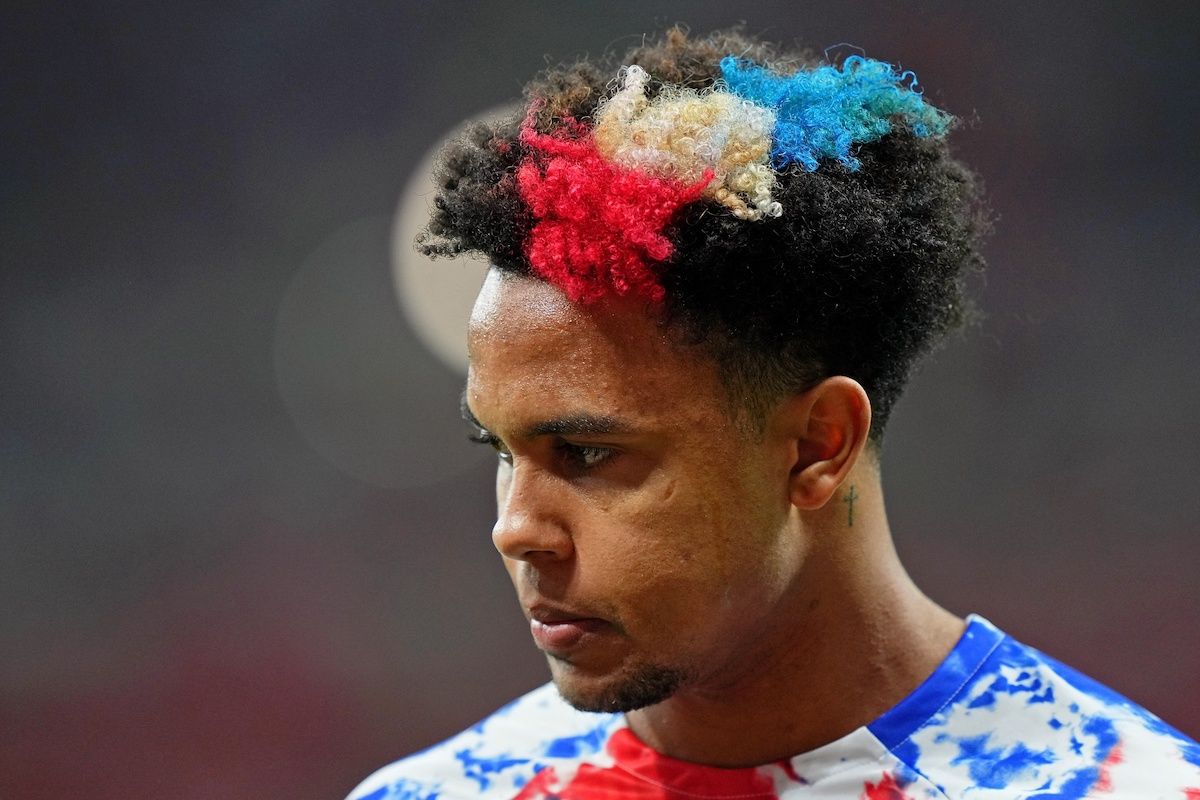
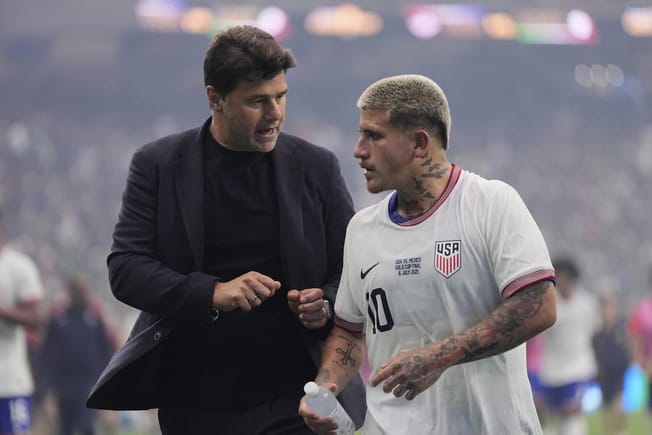
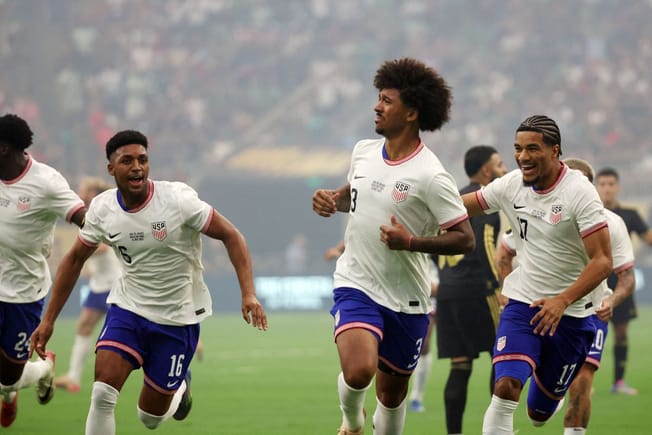
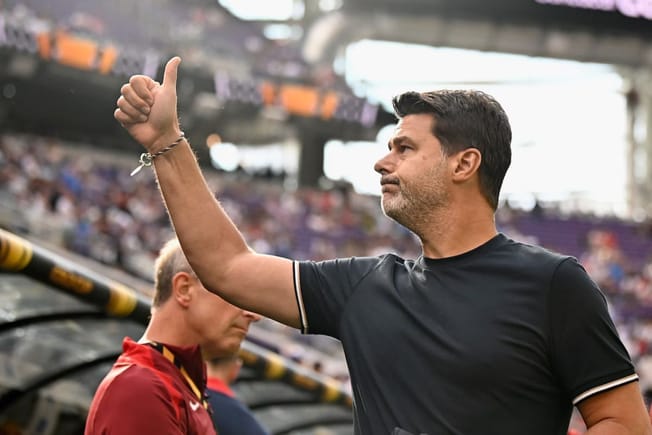

Comments